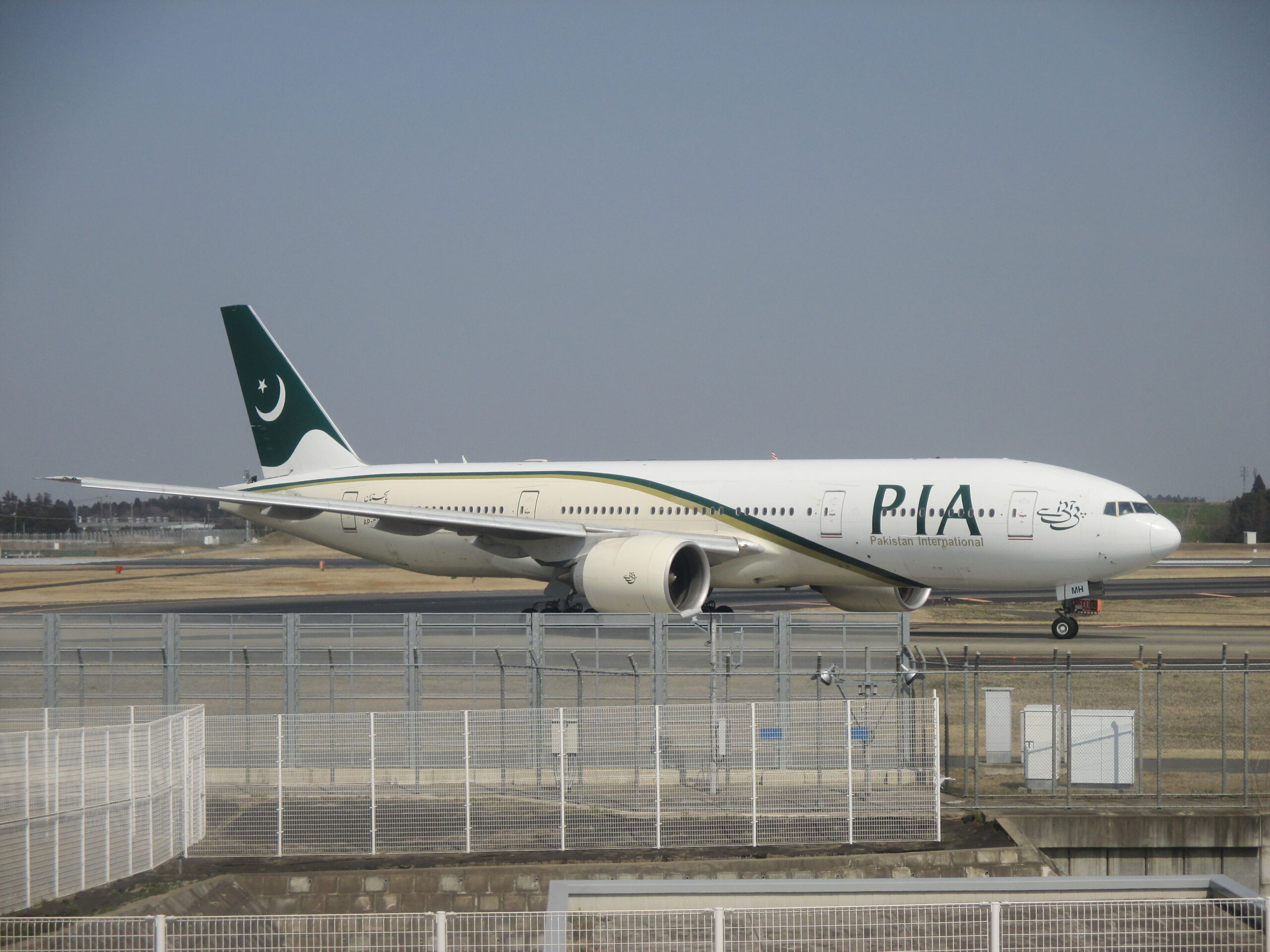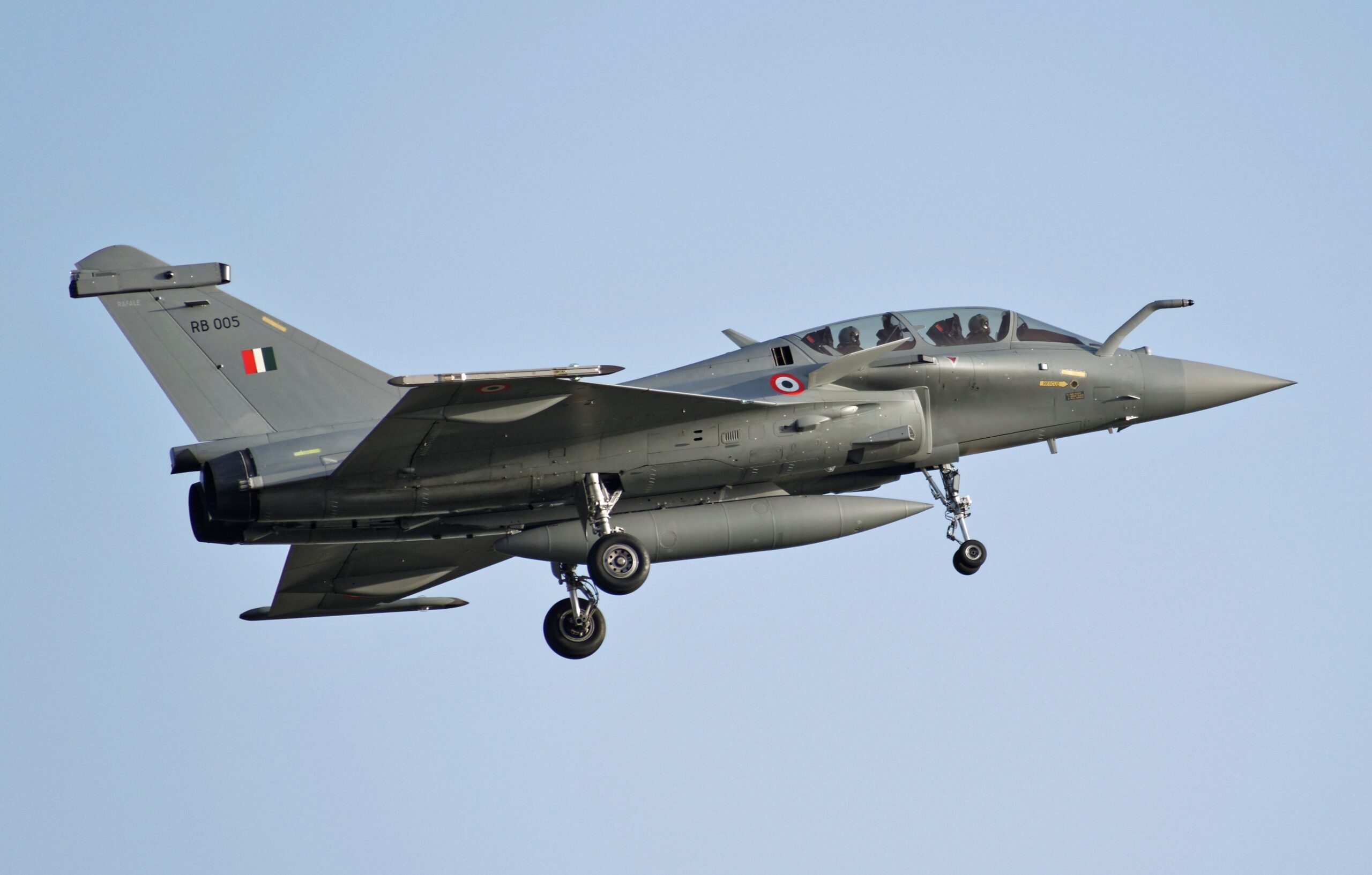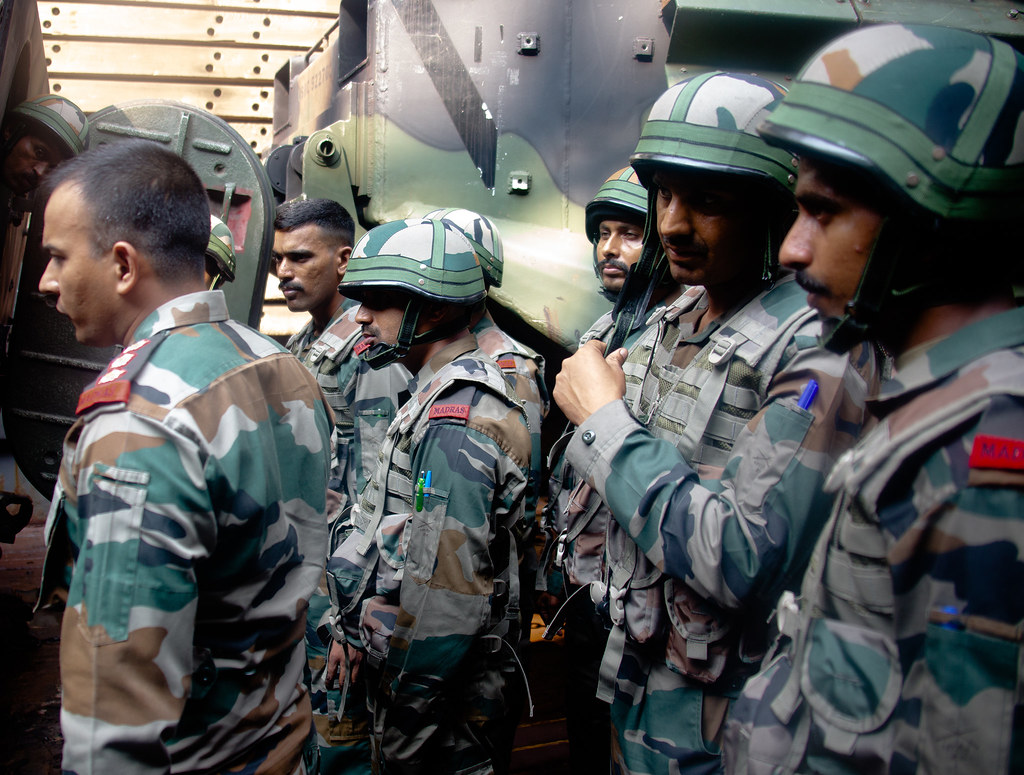In a surprising turn of events that has rattled aviation authorities in Pakistan, a Pakistan International Airlines (PIA) flight arriving from Karachi landed at Lahore’s Allama Iqbal International Airport with a critical component missing – one of its rear wheels. The incident, which was discovered during a post-landing inspection, has prompted a full-scale investigation by both PIA and the Civil Aviation Authority (CAA).
A Routine Flight Takes an Unexpected Turn
Flight PK-306, scheduled to operate between Karachi and Lahore, took off from Karachi with all its wheels confirmed to be in place. However, upon landing in Lahore, ground crews discovered that one of the aircraft’s rear wheels was missing. The missing component was not immediately recovered at the Lahore airport, and even after more than 14 hours had passed since the flight’s arrival, neither Lahore nor Karachi authorities had located the absent wheel.
Initial investigations indicate that all wheels were intact during takeoff. Yet, during the routine post-landing checks at Lahore, technicians noted the absence of one tyre. The discovery has raised significant concerns about the safety protocols and mechanical integrity of the aircraft involved, prompting a swift response from PIA and national safety regulators.
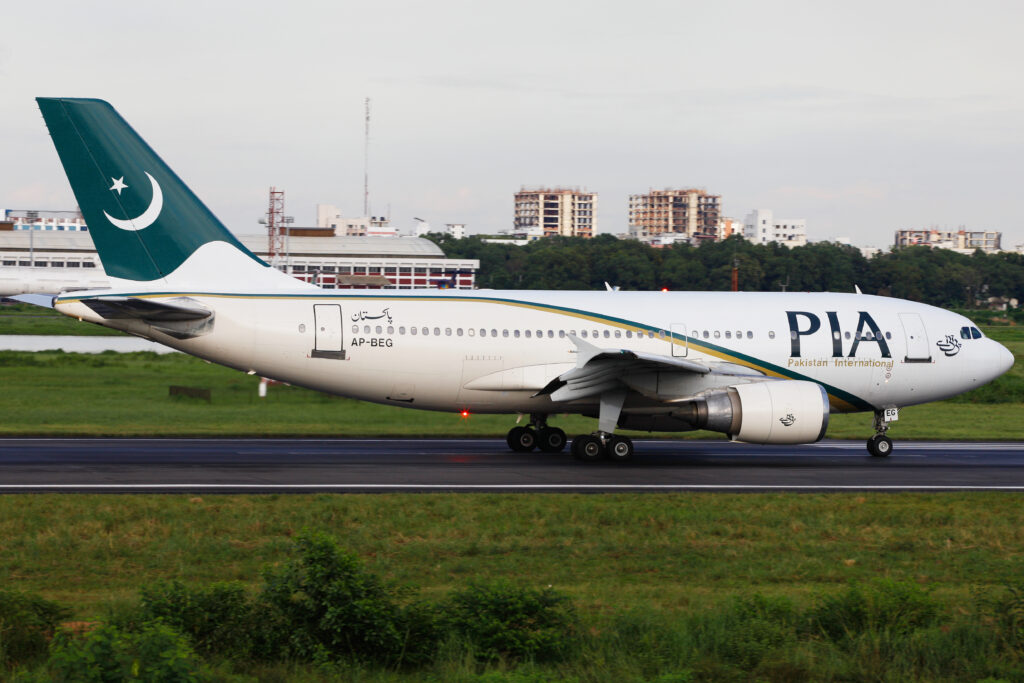
Early Signs and Preliminary Findings
According to a spokesperson from PIA, the anomaly was identified during the aircraft’s scheduled inspection after it had safely come to a halt.
A preliminary statement issued by the Civil Aviation Authority shed some light on a possible cause. The CAA suggested that the loss of the wheel might have been triggered by an external object striking the runway in Karachi. Investigators are examining runway surveillance footage and reviewing maintenance logs to verify if an object or foreign debris was present during the flight’s takeoff, which might have compromised the wheel assembly.
Adding to the mystery, a portion of the tyre shaft was reportedly found at the Karachi airport following a notification from Lahore’s Air Traffic Control (ATC). This fragment could potentially be a critical piece of evidence, offering clues as to how the wheel was dislodged before takeoff. Experts believe that the discovery of this part might indicate that the damage occurred earlier in the flight cycle rather than during landing at Lahore.
Ensuring a Safe Landing Despite Mechanical Anomaly
Even with one wheel missing, the aircraft managed to complete its journey and land safely. Aviation experts have pointed out that modern aircraft are designed with multiple redundancies and robust safety features that allow them to operate safely even in the event of certain system failures. The inherent design of the aircraft likely mitigated the impact of the missing wheel during landing, ensuring that the plane remained under full control throughout the critical landing phase.
PIA officials emphasized that the safety of the passengers and crew was never compromised during the flight. The aircraft maintained stable handling characteristics, and the landing, though unusual under the circumstances, proceeded smoothly without any emergency protocols being triggered. This incident, while alarming, demonstrates the resilience built into modern aircraft systems and the rigorous training of flight crews to manage unforeseen events.
A Comprehensive Investigation and Its Implications
Following the discovery of the missing wheel, PIA swiftly dispatched an investigation team to Lahore to conduct an in-depth review of the incident. Aviation safety authorities have also initiated a formal inquiry, which will examine every phase of the flight—from pre-flight inspections in Karachi to post-landing procedures in Lahore. The investigation aims to pinpoint the exact sequence of events that led to the wheel’s disappearance and determine whether any lapses in safety protocols contributed to the situation.
The inquiry will involve multiple stakeholders, including PIA’s internal safety teams, external aviation experts, and representatives from the Civil Aviation Authority. They will scrutinize maintenance records, runway inspection reports, and aircraft telemetry data. Additionally, investigators are expected to interview the flight crew and ground personnel at both Karachi and Lahore airports to build a comprehensive timeline of the events leading up to the incident.
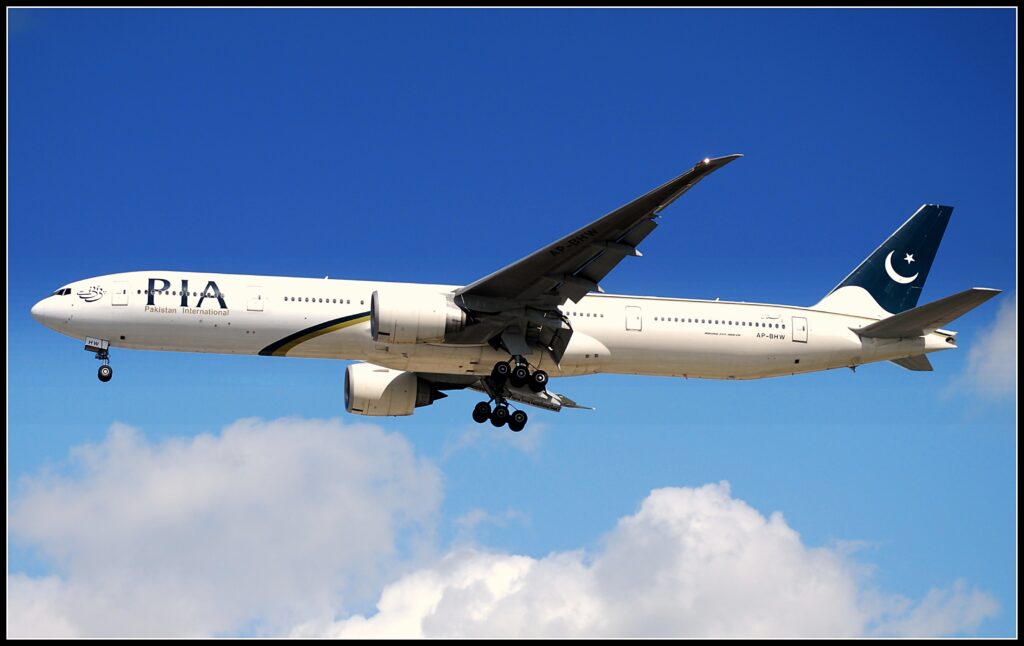
Should the investigation uncover evidence of a runway fault or an external object causing the damage, there may be significant implications for airport maintenance procedures and the overall safety standards at Karachi’s facilities. In contrast, if the cause is traced back to a mechanical failure or an oversight in the aircraft’s maintenance, PIA may need to reassess its internal safety protocols and preventive measures.
Expert Opinions and Industry Reactions
Aviation experts have weighed in on the incident, acknowledging that while missing components on aircraft are rare, they are not entirely unprecedented. “Aircraft systems are designed with multiple layers of redundancy to ensure safety even when one component fails,” explained an industry specialist. “In this case, it appears that the aircraft’s design was robust enough to compensate for the missing wheel during landing. However, the fact that the wheel went missing raises concerns that need to be thoroughly addressed.”
Commentators have noted that incidents like this, although unusual, serve as important reminders of the complex interplay between aircraft engineering, maintenance practices, and runway conditions. The investigation into Flight PK-306 could prompt a reevaluation of how airports manage foreign object debris (FOD) and how airlines conduct pre-flight inspections, particularly regarding wheel assemblies and undercarriage components.
Potential Ramifications for PIA and the Aviation Industry
The implications of this incident extend beyond the immediate safety concerns for Flight PK-306. For Pakistan International Airlines, the incident could lead to increased scrutiny over its operational practices and maintenance procedures. In a highly competitive industry where safety records play a critical role in customer confidence, any hint of a lapse in operational integrity can have lasting consequences.
Moreover, the incident is likely to prompt regulatory authorities to implement stricter oversight measures. The Civil Aviation Authority may introduce enhanced protocols for runway inspections, particularly at airports that experience heavy traffic and variable weather conditions. There is also the possibility of revising standards for aircraft pre-flight and post-landing inspections to ensure that every component, no matter how small, is thoroughly checked before and after each flight.
On an industry-wide scale, the event underscores the importance of continuous investment in safety technologies and training. Modern aircraft and airport infrastructures are equipped with advanced monitoring systems designed to detect and mitigate such issues before they escalate into serious hazards. Nevertheless, the incident serves as a stark reminder that even with advanced technology, human vigilance and strict adherence to maintenance protocols remain indispensable.
Looking Forward: Enhancing Safety and Preventing Future Incidents
As the investigation into the missing wheel on Flight PK-306 unfolds, both PIA and regulatory bodies are likely to take proactive steps to prevent similar incidents in the future. Lessons learned from this event could drive improvements in various areas, including:
- Enhanced Runway Monitoring: Implementing more rigorous surveillance systems and regular runway inspections to detect potential hazards or debris that might damage aircraft components during takeoff.
- Strengthened Maintenance Protocols: Revisiting maintenance procedures to ensure that all critical components, particularly wheel assemblies, undergo comprehensive checks before every flight.
- Advanced Diagnostic Tools: Investing in new technologies that can monitor the integrity of aircraft parts in real time, alerting maintenance teams to potential issues before they become critical.
- Training and Safety Culture: Reinforcing a culture of safety among flight crews and ground personnel through continuous training and adherence to best practices in aircraft handling and inspection.
The outcome of the investigation will be closely watched by the aviation community, as it could set important precedents for how similar incidents are managed in the future. In an industry where safety is paramount, every lesson learned is an opportunity to enhance operational standards and protect the lives of millions of passengers.
Conclusion
The landing of Flight PK-306 in Lahore without one of its rear wheels has ignited a significant investigation that may have far-reaching consequences for PIA and the broader aviation industry. While the aircraft’s design ensured a safe landing despite the anomaly, the missing wheel raises critical questions about runway safety, maintenance protocols, and operational oversight. As investigators work to uncover the precise cause of the incident, both PIA and regulatory authorities are poised to take decisive action to prevent similar occurrences in the future.
In the high-stakes world of aviation, even a seemingly minor issue such as a missing wheel can trigger a cascade of safety concerns. The diligent response by PIA, coupled with the proactive measures of the Civil Aviation Authority, underscores the industry’s unwavering commitment to safety and continuous improvement. Ultimately, the lessons learned from this incident will help ensure that every flight continues to be as safe and secure as possible for passengers and crew alike.
